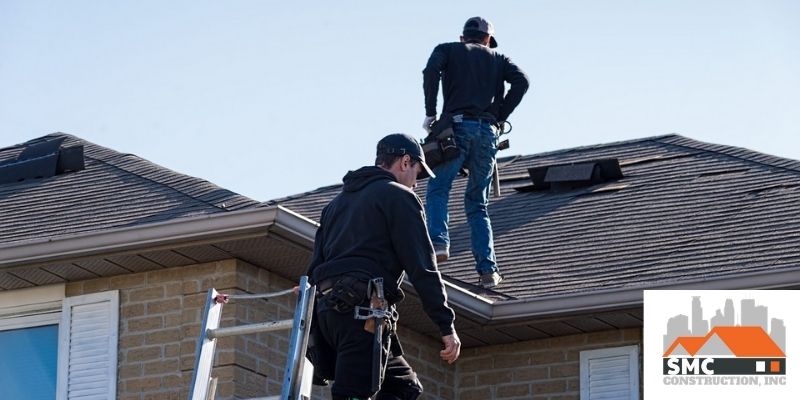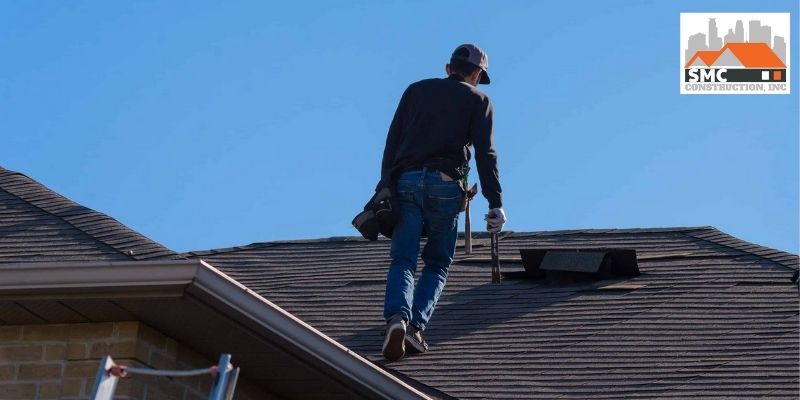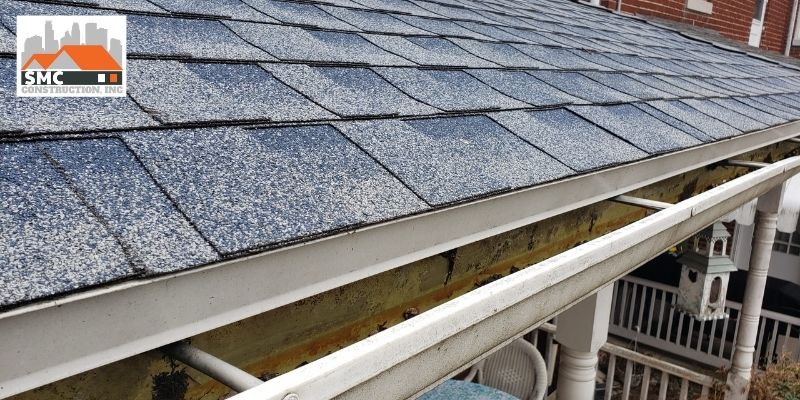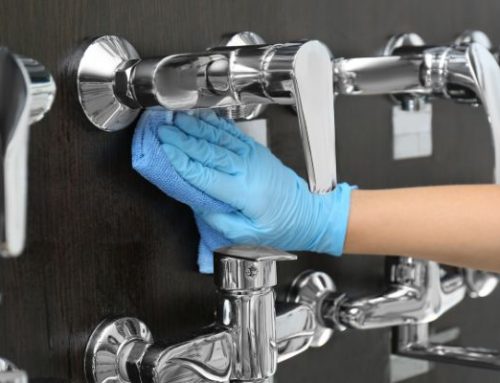
Storms can be really devastating for roofs. Although roofs are designed to be strong, sturdy, and withstand different weather changes, sometimes storms, hailstorms, or thunderstorms can be very dangerous and wreck them.
You cannot do anything until the storm has subsided. After the storm passes by, though, you can conduct a roof inspection. Some people do this themselves, while most people hire professionals to “go up there and take a look.”
What are some things to consider about roof inspection after a storm?
#1 Ensure Personal Safety First:
Although you might want to have a look at the roof, the first thing that you should keep in mind is safety. Before you climb up on the roof, you should check if it is safe or not. If water is surrounding the area, it is essential that you drain out all the pooled water or else it might lead to unwanted accidents.
Also, check the electricity box — if there is a short circuit situation, then immediately call electricians or the local power company and get this problem fixed immediately. Besides this, you should also check to see if there is a gas leak or not.
If and when you find yourself climbing up on the roof, make sure you have worn all the necessary safety gear and that you’ve got advanced equipment to inspect the roof. If you don’t want to climb up on the roof and/or you don’t know what to look for, hire a professional roofing contractor to do the inspection. They will handle the situation without any hassle.
#2 Inspect The Roof Visually:

When visually inspecting the roof, you can check whether the shingles are missing or broken, and whether the flashing is broken… or not. This will give you an idea about the severity of the damage caused to the roof. If the damage looks bad, call professional roofing contractors for help.
#3 During Roof Inspection Check The Gutters And Other Roof Elements:

If you are performing a visual inspection, you need to check the gutter(s) and downspout(s) of the roofing system. If there are any damages, call a professional roofing contractor to do repairs.
#4 Check The Chimney Flashing And Look For Signs Of Water Leakage:
Storms bring strong wind pressure, such that the flashing around the chimney may get damaged or cracked. If the flashing is cracked, it might lead to water leakage through the cracked regions. This water leak can seep inside the roof underlayment and damage the roof framework. Besides this, water can also damage your home’s ceiling(s) and interior walls. If the damage is mild, you might be able to fix the issue on your own, but if the damage is severe then call professionals.
#5 Inform The Insurance Company And Verify The Warranty Policy:
Once you are done inspecting the roof, call your insurance company and let them know about the damage to the roof and other property. Your insurance company will help you to verify all the important information and let you know if there are any issues or not. It is important that you get your insurance company involved so that you get financial aid for the damage that has been caused to the roof due to the storm.
Besides this, you can also check the warranty period of the roofing system. If the damage caused to the roof is within the warranty period, then you can also get help from roofing contractors, and they will get the work done quickly.
Summary:
After a storm has hit your area, an inspection of the roof is one of the most important things that you should do. Only then will you know the actual condition of the roof. You need to get necessary repairs done before any serious accident takes place.
Besides this, your focus should be on hiring professional roofing contractors. They have the expertise and experience to handle the inspection and repair the roof.





